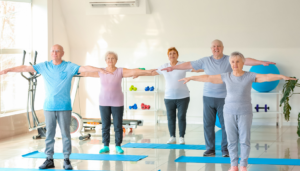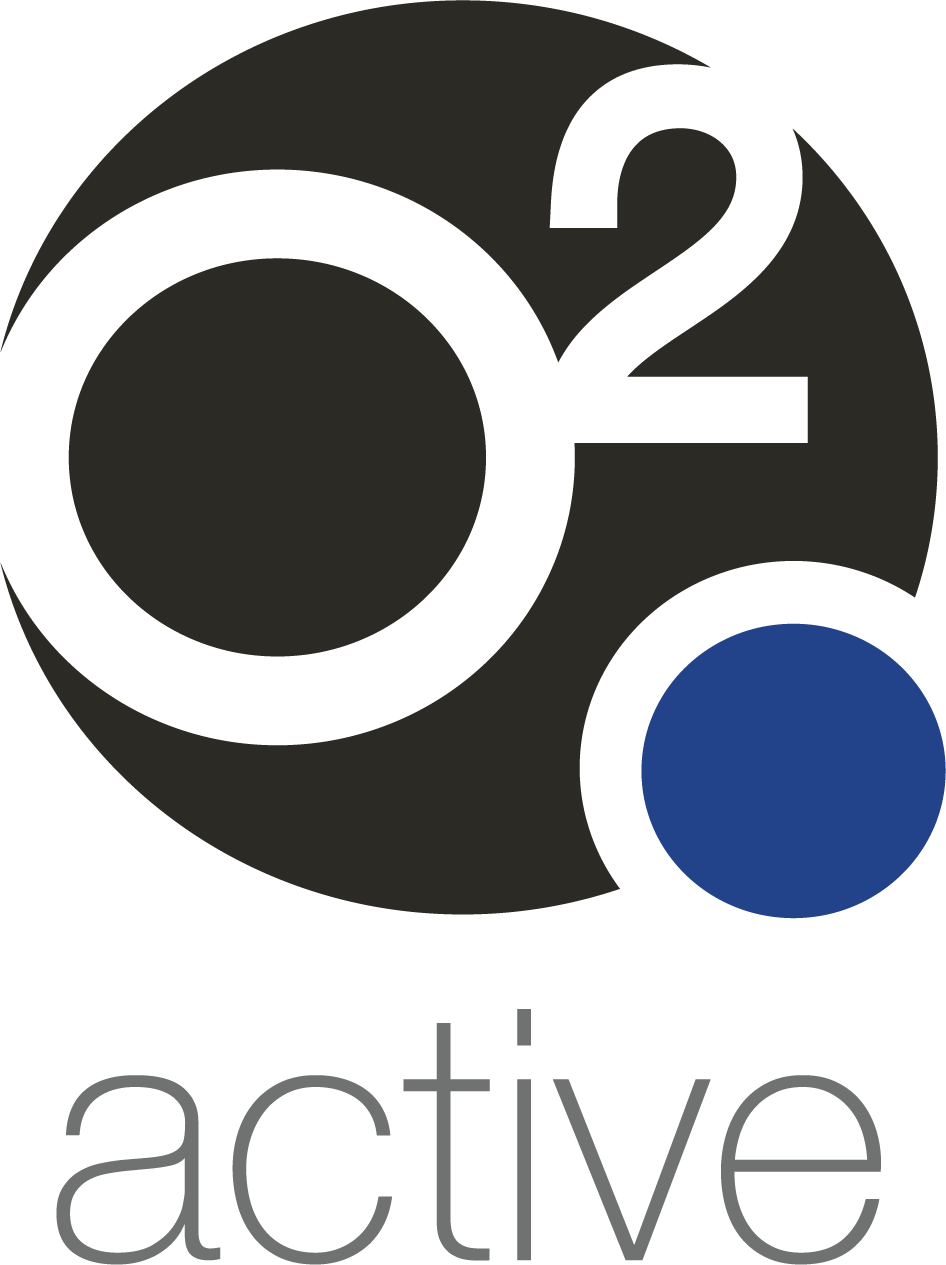
By Isabelle Zendler
Physical activity is extremely important for both our physical and mental wellbeing. However, so many people aren’t aware of the recommended guidelines therefore often don’t meet the requirements, especially as we get older. The physical age-related changes that occur to our bodies as we get older make it even more important to stay active.
Ageing and the role physical activity can play
Biological changes occur as we age, we experience damage on a cellular and molecular level which can, in turn, lead to disease. As we get older we see a decrease in; bone density, strength, endurance and flexibility regardless of how fit and active we are. These decline at a rate of an estimate of 10% every decade and muscle power are lost even more rapidly at an estimate of 30% per decade (Skeleton et al., 1999). This can ultimately lead to a loss in someone’s level of function and impact their quality of life.
Benefits of Physical activity:
Exercise can help to increase the years of active independent living and reduce disability symptoms.
Prevention of disease:
Physical activity can help in the prevention of many diseases such as;
- Coronary heart disease
- Stroke
- Certain types of cancer
- Diabetes
Effects on our mental health:
- Exercise can improve our mental / cognitive function
- Improve self-confidence
- Reduce stress / anxiety
(Victoria State Government, 2017).
Falls Prevention:
As we get older, there is an increased risk of falling which can be due to a number of different reasons including; age-related physiological changes, environmental factors, pathology and inactivity (National Institute for Health and Clinical Excellence, 2004). Falling and/or poor bone health are two of the major causes leading to disability in the elderly. Falling over often occurs due to tripping, slipping or stumbling – not usually caused by dizziness or disorientation (Lord et al., 2007).
Due to the natural age-related decline in our bone density and muscular strength, this can cause our balance system weakening and can cause us to fall. Experiencing a fall can have a major negative impact on someone’s life. It can decrease their sense of confidence, cause a period of activity restriction, affect social interaction and increase dependence on others such as carers or family members. To reduce the risk of falling, stay physically active and incorporate balance and strength training.
Physical Activity Recommendations for Older Australians
The Australian physical activity and sedentary behaviour guidelines recommends:
Aerobic Exercise:
- At least 30 minutes of moderate intensity physical activity on most days of the week.
Resistance Exercise:
- At least two days per week complete 8-10 exercises with10-15 reps, which include the major muscles groups.
- Resistance training can help improve strength and increase muscle mass.
Flexibility:
- Two days per week.
- Flexibility training is especially important for people who are at a higher risk of falling as well as incorporating balance exercises.
(Department of Health, 2019).
It’s not too late:
It is never too late to start exercising regardless of your age or fitness levels. The benefits of physical activity can be seen across all age groups but will aid in your physical wellbeing as you get older. Start by taking small steps and gradually increase your volume. Get in touch with us and book an initial assessment with our sports scientists and exercise physiologists at our Mosman Park studio if you or anyone you know needs some assistance on where to start. We are also available for home visits if you require. As always, health rebates may apply.
References:
- Skelton D, Young A, Walker A, Hoinville E. Physical activity in later life:Further analysis of the Allied Dunbar National Fitness Survey and Health Education Authority National Survey of Activity and Health. London: Health Education Authority; 1999.
- Active aging in Victoria [Internet]. health.vic. 2017 [cited 23 May 2017]. Available from: https://www2.health.vic.gov.au/ageing-and-aged-care/wellbeing-and-participation/healthy-ageing/active-ageing
- National Institute for Health and Clinical Excellence. 2004. CG21: Falls. Accessed from nice.org.uk
- Lord S, Sherrington C, Menz H, Close J. Falls in older people – Risk Factors and strategies for prevention. 2nd edition. Cambridge: Cambridge University Press, 2007.
- Department of Health | Australia’s Physical Activity and Sedentary Behaviour Guidelines and the Australian 24-Hour Movement Guidelines. (2019). Retrieved from https://www.health.gov.au/internet/main/publishing.nsf/Content/health-pubhlth-strateg-phys-act-guidelines
